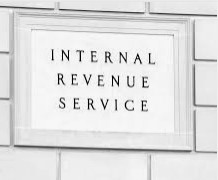If your interview was during 2017 (or earlier) and for a job in the same line of work, your mileage expenses and other expenses are deductible. You can use the standard mileage rate (53.5 cents per mile for 2017) to figure your expenses.
Thus, if you drove 1,300 miles, your driving expense is $6,995. But you may take this deduction only if you itemize your personal deductions on your tax return. Read More




























Recent Comments